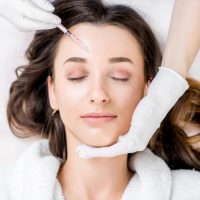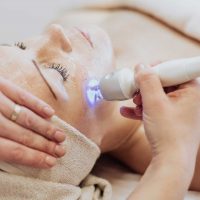In order to ensure having healthy skin, it is important for an individual to always take an active role in maintaining the skin. We offer a range of treatments aimed at helping you have the best possible skin at Slimming Solutions Med Spa. Our most popular treatments include mole removal and lesion removal. If you’re contemplating these procedures, then proper preparation could determine if they are smooth sailing or not. Here is a comprehensive guide on how to prepare in advance of moles removal and lesion removal procedures.
Understanding Moles and Lesions
What are Moles?
Moles or nevi are common lesions and can grow on any part of your body. They are mostly found to be brown or black in color and can either be flat or raised above the skin surface. Most moles are benign but specific nevi do involve into melanoma which is a type of skin cancer. It is very important to monitor them regularly for changes like change in shape size or colour.
What are Lesions?
Any divergence from the normal skin condition defines skin lesions that could be cancers biomarkers. These lumps could as well be non-malignant and include papilloma, cysts, angiomas among others. Dermatologists should examine suchlike masses before caution can be given on the possibility of cancer or another more severe disease condition.
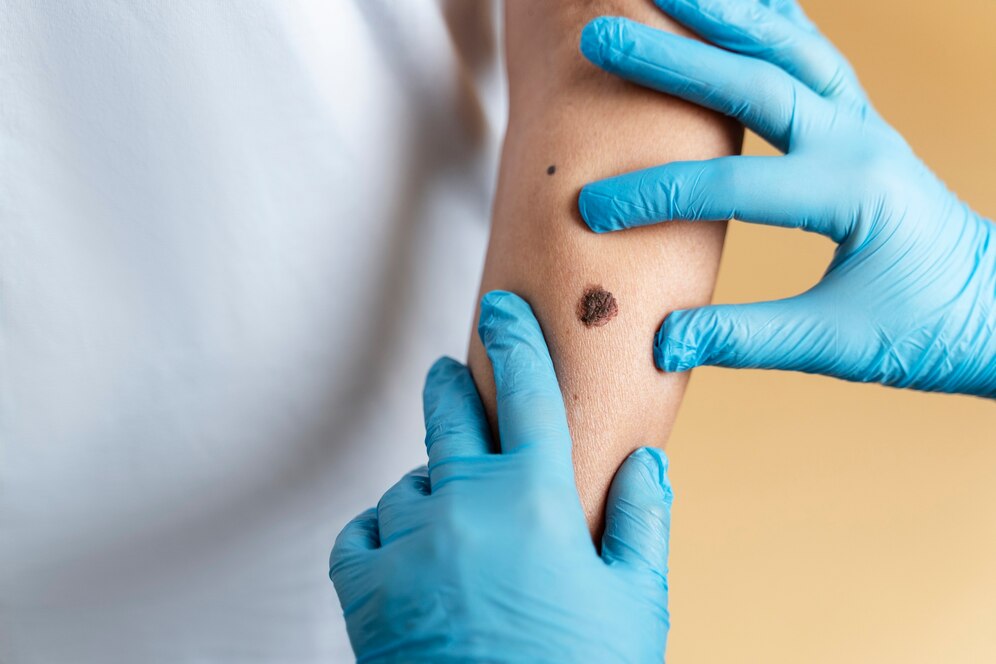
Why Consider Moles and Lesion Removal?
Aesthetic Reasons: Several people have to remove these blemishes or other spots for the reason that they like seeing them on their bodies.
Health Concerns: Moles and other similar marks should be removed once they start showing signs of cancer or any other illnesses.
Comfort: In some cases there may exist uncomfortable sores caused by lesions due to frequent rubbing areas.
Initial Consultation
To ensure quality/safety standards, one must conduct serious discussions with competent dermatologists or skin experts before any treatment. At this pre-treatment, they will:
- Examine the mole or lesion.
- Discuss your medical history, including any family history of skin cancer.
- Explain the removal procedure, including the techniques used and potential risks.
- Answer any questions you may have.
Pre-Procedure Preparations
- Medical Evaluation
During the consultation, make sure you present a thorough medical account which includes all the necessary details. A part from informing your dermatologist about allergies and medications in use, other information you should communicate to him/her include conditions you are suffering from already. This will assist in proper preparation before carrying out any procedure in order to promote safety as well as effectiveness.
- Avoid Sun Exposure
in the weeks before the procedure, make sure you spend less time under the sun. The reason is because sun burned skin is more susceptible to injuries as well as being very delicate. However, if you have no option but to go outside then you should put a sun block cream containing both UVA and UVB radiations protectors whose SPF level is not less than thirty to avoid such kind of problems
- Stop Certain Medications
Your dermatologist will inform you whether some drugs have to be ceased ahead of the procedure, as certain drugs like aspirin or anticoagulants can enhance the likelihood of hemorrhage. Always adhere to their instructions and do not stop any medications without consulting your physician.
- Skincare Routine
Make sure to use soft exfoliants and refrain from harsh ones in the days right before your operation. Stay away from gels that are too strong or may cause some irritation. It is important not to irritate the skin with any product right after doing this surgical operation because it needs time to heal.
- Hydrate
To avoid dehydration, ensure you drink enough water. Healthy skin which is hydrated can recover faster from treatments.
Day of the Procedure
On the date of the process to remove your moles or any lesion, adhere to all these steps for a hitch free outcome:
- Clean the Area
Take a moment to clean the mole or lesion area gently before your appointment. Do not smear any cream, lotion or maker-up on it.
- Comfortable Clothing
To avoid discomfort, wear loose and comfortable garments. This can make the procedure easier and irritations after the procedure may be reduced.
- Arrive Early
Get to the clinic soon enough for proper paperwork completion and for a smooth and calm start of your procedure.
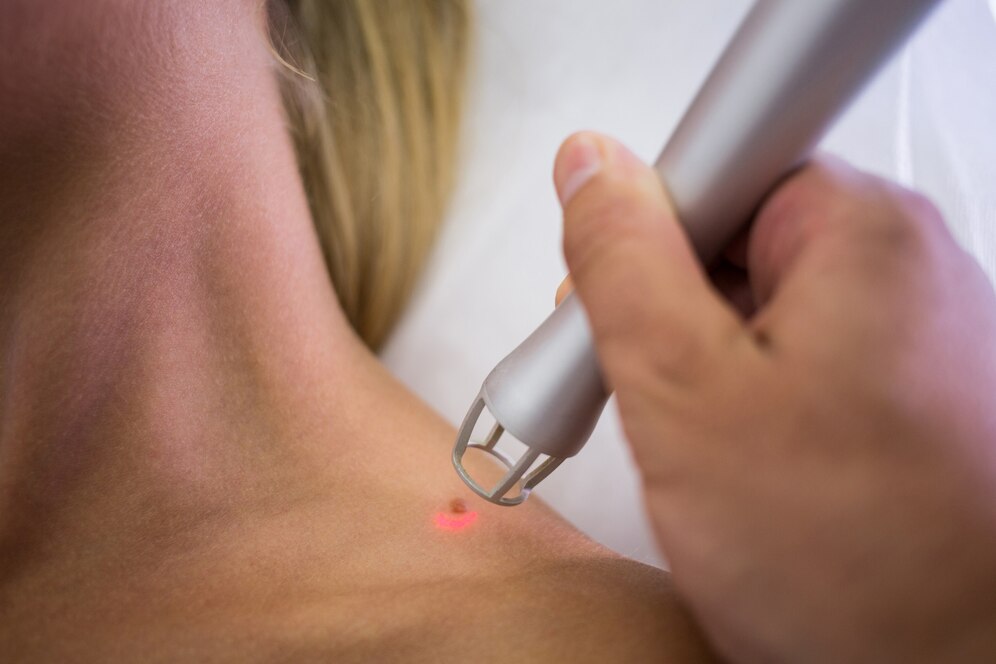
The Removal Procedure
Techniques Used
Excision: A common method of treating larger or potentially cancerous growths involves cutting out the mole or lesion surgically.
Shave Removal: A raised mole can be removed from the skin surface through cutting off the mole or lesion.
Cryotherapy: The lesion is removed by freezing it with liquid nitrogen.
Laser Removal: The mole or lesion would be removed by using a laser, frequently for cosmetic reasons.
During the Procedure
- You will be given a local anesthetic to numb the area.
- Depending on their size and number how easy to perform it is such that it usually lasts under an hour.
- During the extraction process there should be some pressure, though you will not feel any pain.
Post-Procedure Care
- Follow Your Doctor’s Instructions
Post-surgery, expect exclusive after care instructions from your dermatologist. Adhere to them since that is one way of ensuring recovery is right while side effects remain minimal.
- Keep the Area Clean
Clean the treated area gently; do not scrub nor employ harsh products, like soap and water, which may irritate it.
- Apply Ointment
In order to speed up the healing process and prevent the spread of disease bacteria in the process, one should always make use of some specified antiseptic ointments. Some over the counter antibiotics ointments could as well be of help.
- Avoid Sun Exposure
Avoid exposing the treated skin to the sun in order to protect it. Remember, use sunscreen and put on clothes to cover the area when you are outside to prevent pigmentation changes.
- Monitor for Complications
Pay attention to signs that show infection has developed, by for example increased redness, swelling; or the presence of pus because such can be an indication that it might be time for you to see a specialist in skin diseases before things worsen.
- Follow-Up Appointments
The region will be healing adequately if an individual attends all subsequent appointments. The responsibility of your dermatologist is to screen for added illnesses and take the necessary action of pulling out sutures.
Potential Risks and Complications
Like any medical procedure, moles and lesion removal can come with some risks, including:
- Infection
- Scarring
- Changes in skin pigmentation
- Recurrence of the mole or lesion
During your visit, you should consult your dermatologist concerning these risks in order to figure out how they relate to you.
Conclusion
Getting ready for moles extraction and lesion eradication demands right skincare, medical assessment, and obeying the word of your dermatologist because the procedures involve these three facets. As practised at Slimming Solutions Med spa they provide secure and efficient services for attaining good-looking nourishing skin. A less bumpy procedure as well as results as expected could entail preparation steps.
For more details about consultation appointments simply go to our site. Alternatively, just give us a call so we can discuss time frames or any other thing that might require an address during the visit. Let us assist in removing blemishes on your skin by using our advanced technologies for mole and lesion removal services.

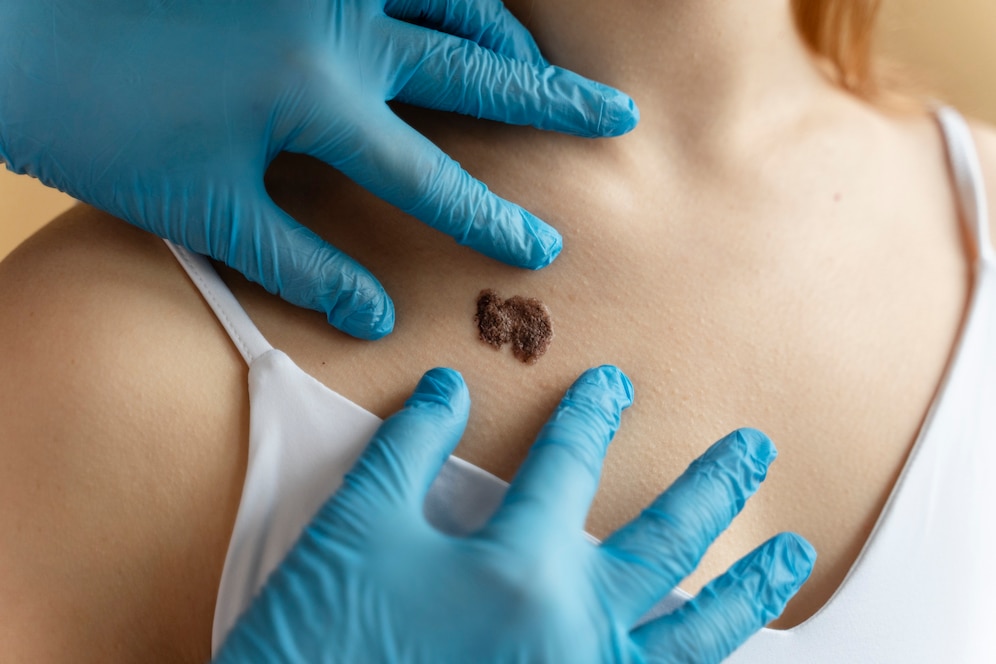
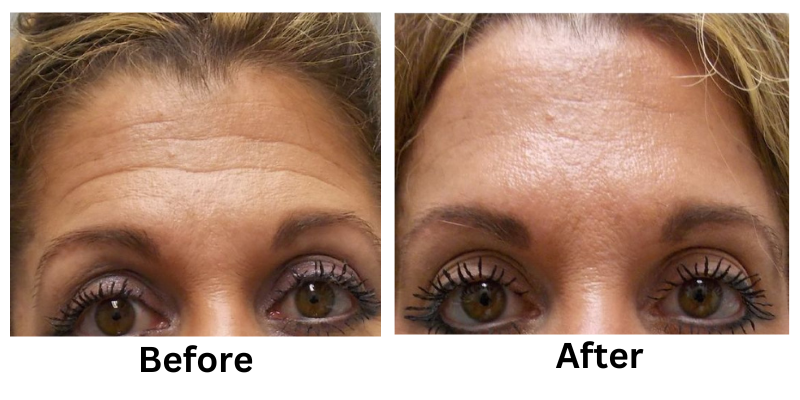
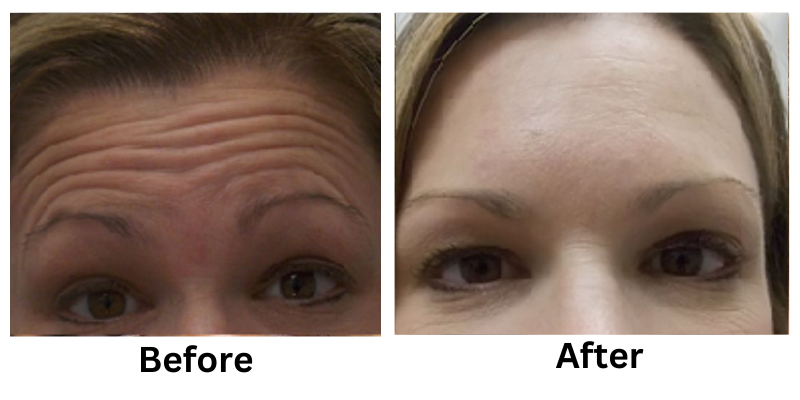
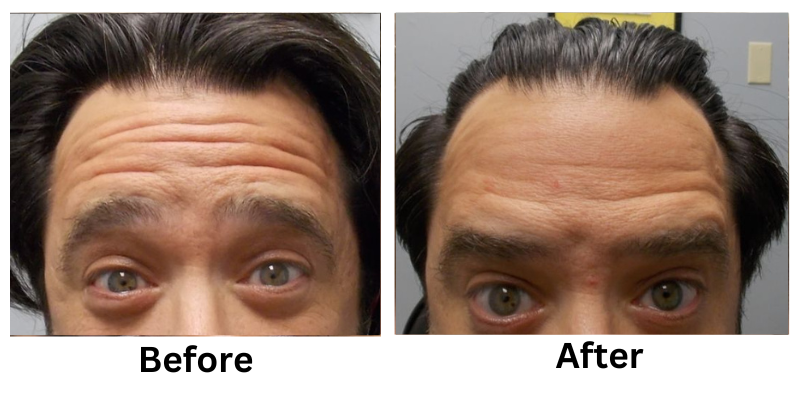
![[thumb]](https://slimmingsolutionsspa.com/wp-content/uploads/2023/12/botox1-150x150.png)
![[thumb]](https://slimmingsolutionsspa.com/wp-content/uploads/2023/12/Before2-150x150.png)
![[thumb]](https://slimmingsolutionsspa.com/wp-content/uploads/2023/12/Before3-150x150.png)
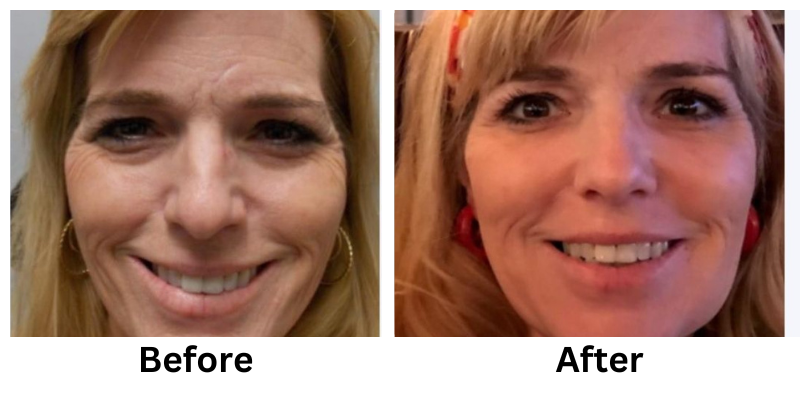
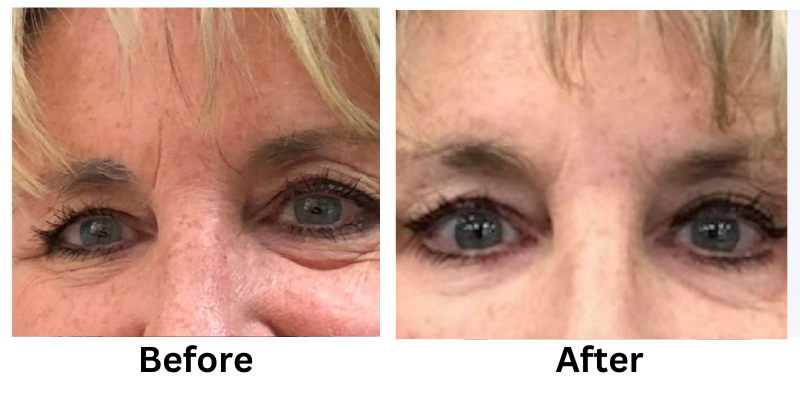
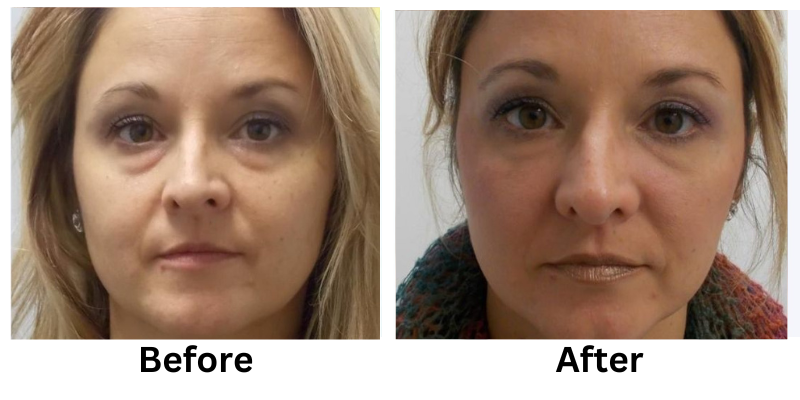
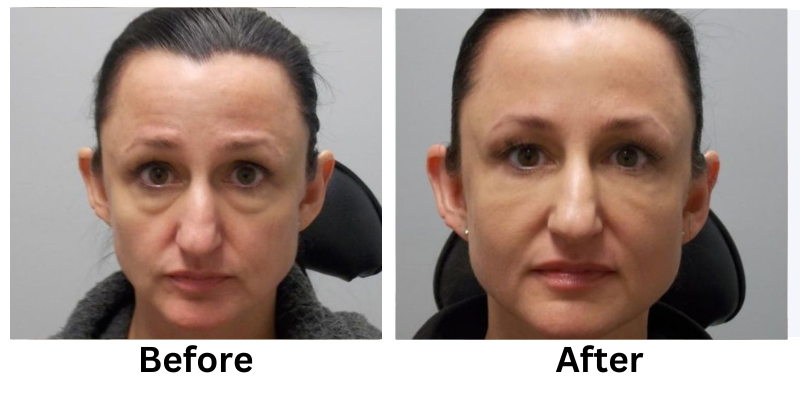
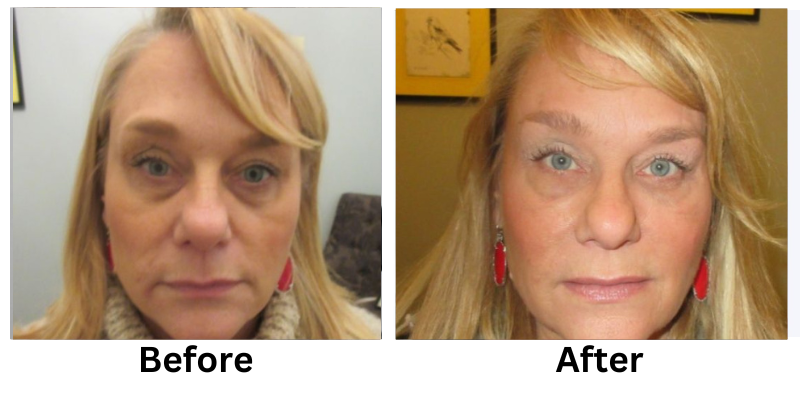


![[thumb]](https://slimmingsolutionsspa.com/wp-content/uploads/2023/12/revanesse-versa-1-150x150.png)
![[thumb]](https://slimmingsolutionsspa.com/wp-content/uploads/2023/12/revanesse-versa-2-150x150.png)
![[thumb]](https://slimmingsolutionsspa.com/wp-content/uploads/2023/12/revanesse-versa-3-150x150.png)
![[thumb]](https://slimmingsolutionsspa.com/wp-content/uploads/2023/12/revanesse-versa-4-150x150.png)
![[thumb]](https://slimmingsolutionsspa.com/wp-content/uploads/2023/12/revanesse-versa-5-150x150.png)
![[thumb]](https://slimmingsolutionsspa.com/wp-content/uploads/2024/01/Eyebrow-treatment-1-1-150x150.png)
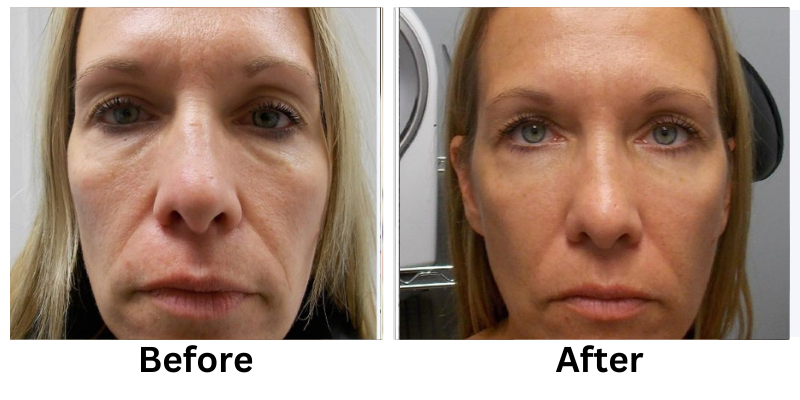
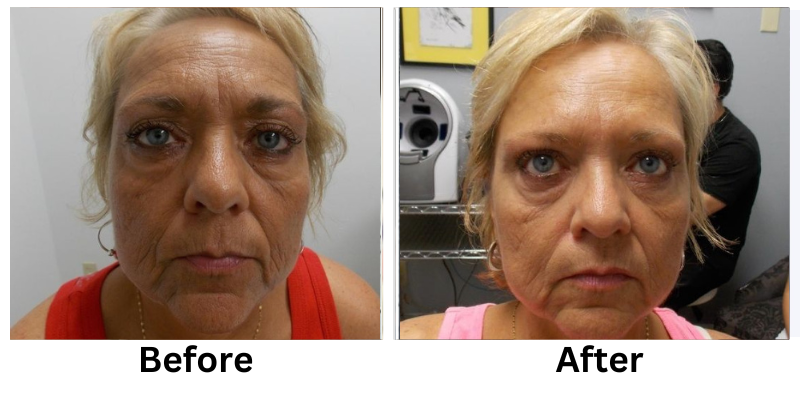
![[thumb]](https://slimmingsolutionsspa.com/wp-content/uploads/2023/12/Skin-Rejuvenation-1-150x150.png)
![[thumb]](https://slimmingsolutionsspa.com/wp-content/uploads/2023/12/Skin-Rejuvenation-2-150x150.png)


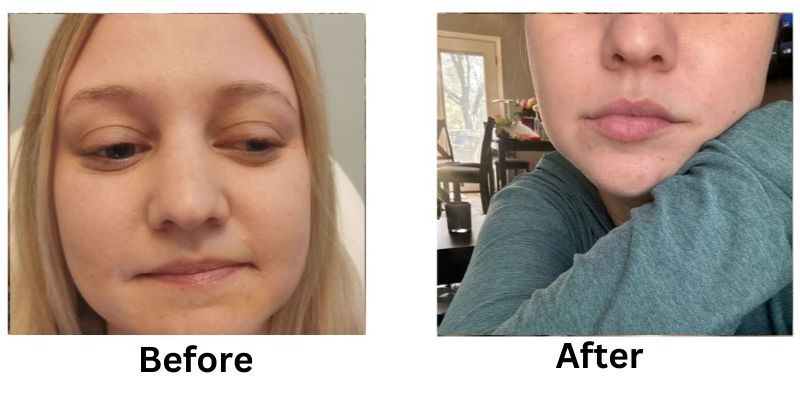
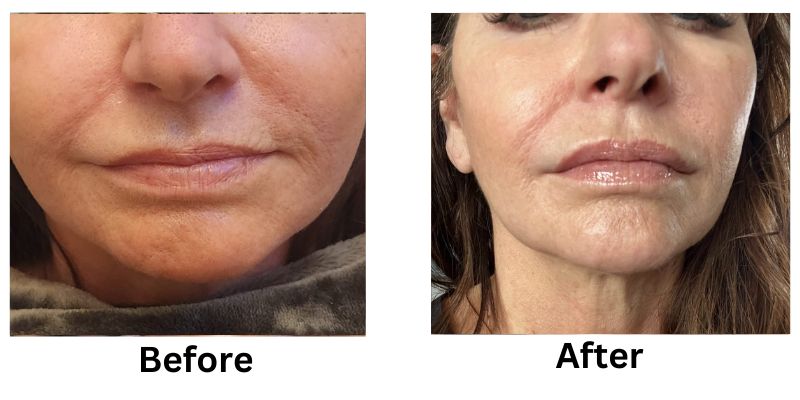

![[thumb]](https://slimmingsolutionsspa.com/wp-content/uploads/2024/01/Lip-Filler-1-150x150.png)
![[thumb]](https://slimmingsolutionsspa.com/wp-content/uploads/2024/01/Lip-Filler-2-150x150.png)
![[thumb]](https://slimmingsolutionsspa.com/wp-content/uploads/2025/02/Lip-Filler-1-150x150.png)
![[thumb]](https://slimmingsolutionsspa.com/wp-content/uploads/2024/01/Lip-Filler-150x150.jpg)
![[thumb]](https://slimmingsolutionsspa.com/wp-content/uploads/2024/01/Before-1-150x150.jpg)
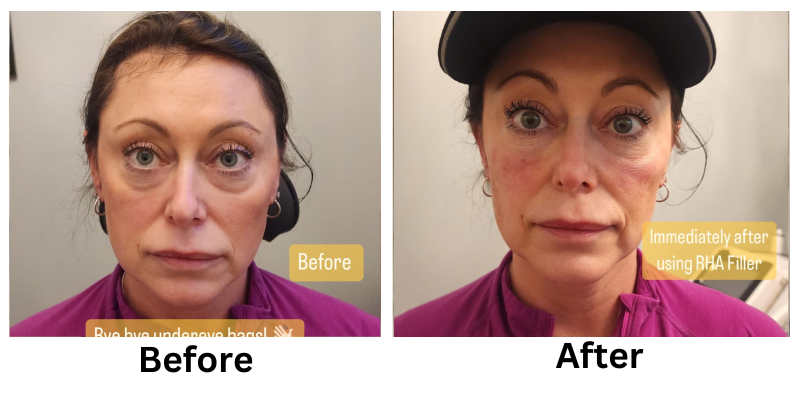
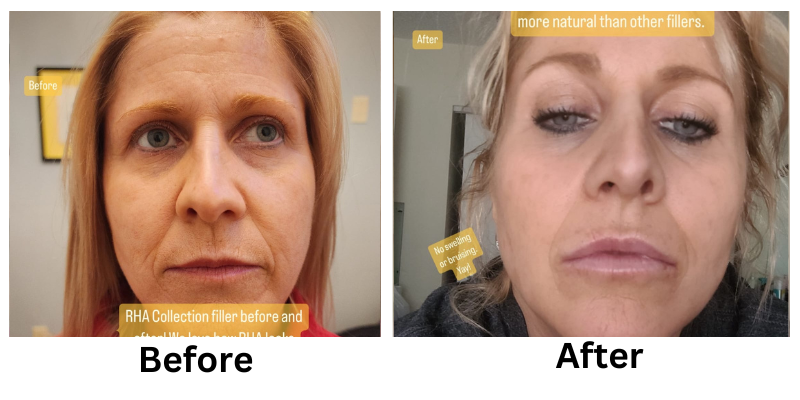

![[thumb]](https://slimmingsolutionsspa.com/wp-content/uploads/2024/01/RHA-Treatmetn-3-150x150.png)
![[thumb]](https://slimmingsolutionsspa.com/wp-content/uploads/2024/01/RHA-Treatmetn-2-150x150.png)
![[thumb]](https://slimmingsolutionsspa.com/wp-content/uploads/2024/01/RHA-Treatmetn-1-150x150.png)
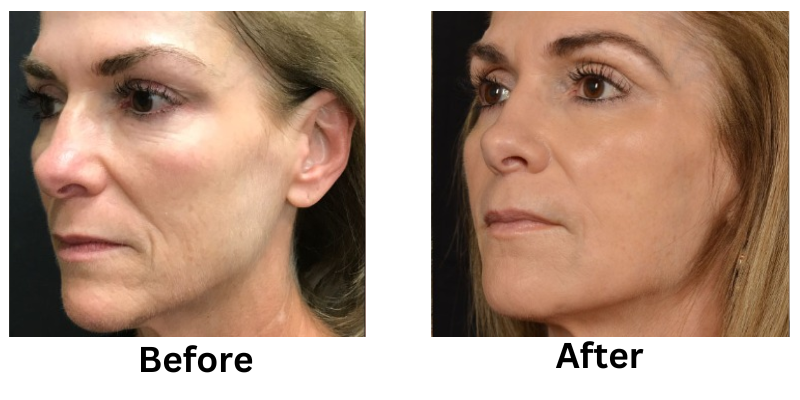
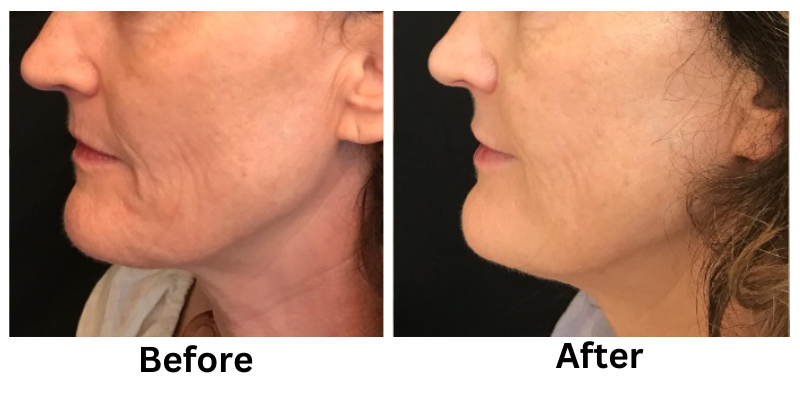

![[thumb]](https://slimmingsolutionsspa.com/wp-content/uploads/2024/01/Thread-Lifts-1-150x150.png)
![[thumb]](https://slimmingsolutionsspa.com/wp-content/uploads/2024/01/Thread-Lifts-2-150x150.png)
![[thumb]](https://slimmingsolutionsspa.com/wp-content/uploads/2025/02/Lip-Filler-2-150x150.png)
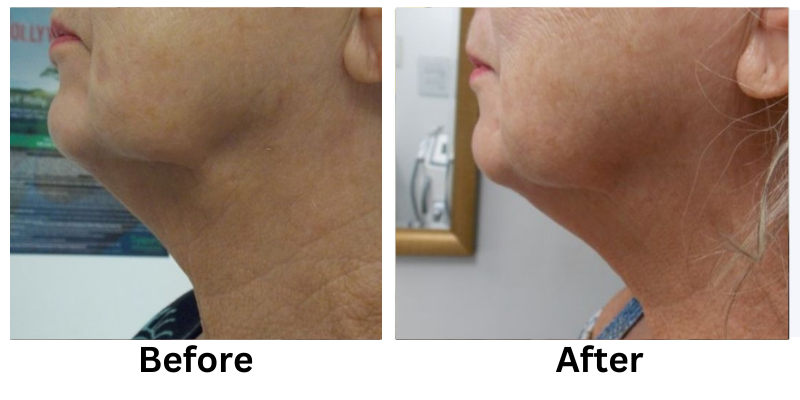
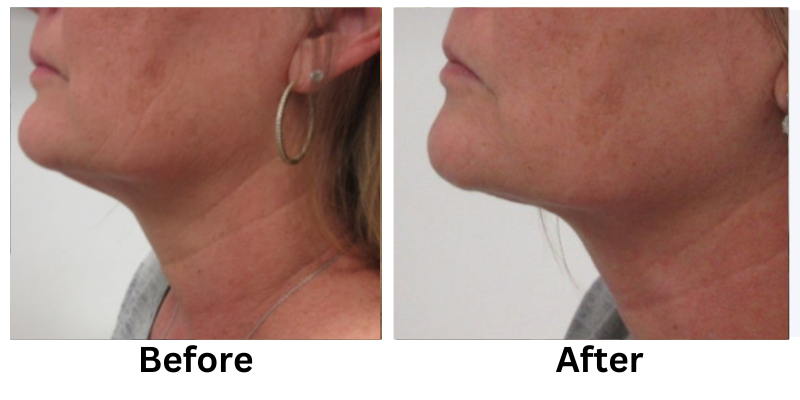


![[thumb]](https://slimmingsolutionsspa.com/wp-content/uploads/2023/12/skin-reuvulation1-150x150.png)
![[thumb]](https://slimmingsolutionsspa.com/wp-content/uploads/2023/12/skin-rejuvulation-2-150x150.png)
![[thumb]](https://slimmingsolutionsspa.com/wp-content/uploads/2023/12/Skin-Tighting-150x150.png)
![[thumb]](https://slimmingsolutionsspa.com/wp-content/uploads/2023/12/Before-150x150.jpg)
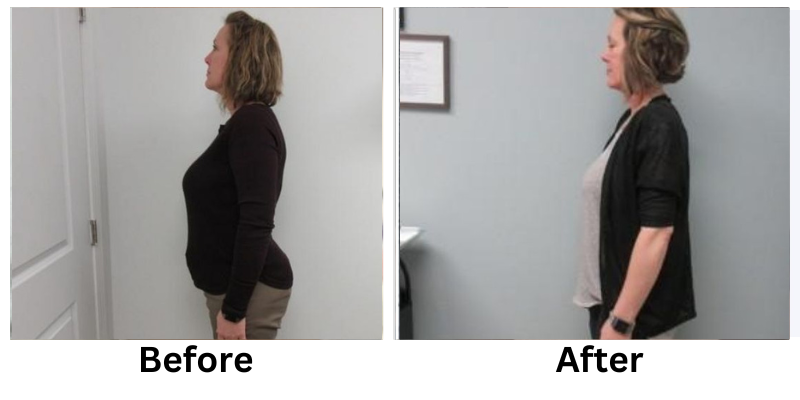
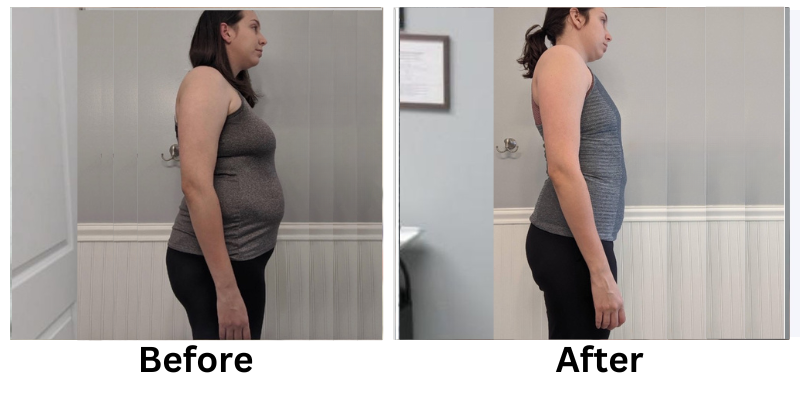
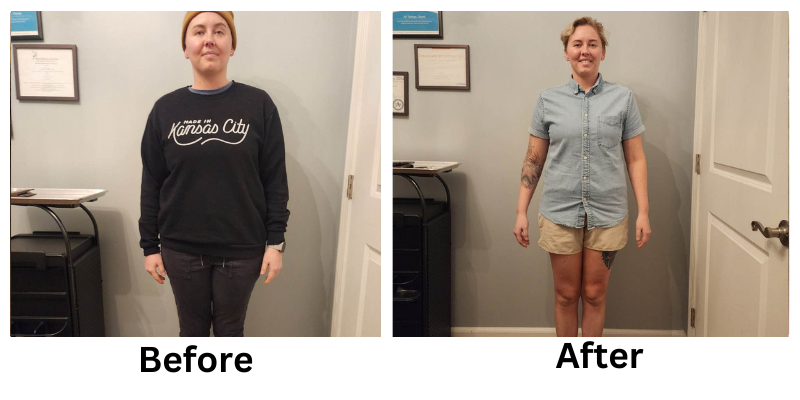
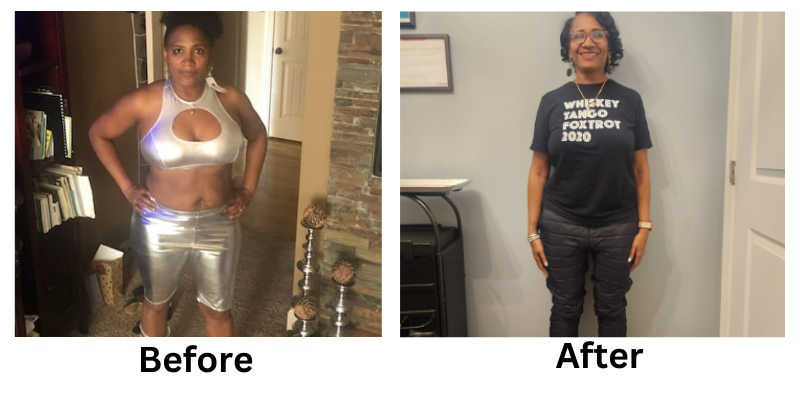
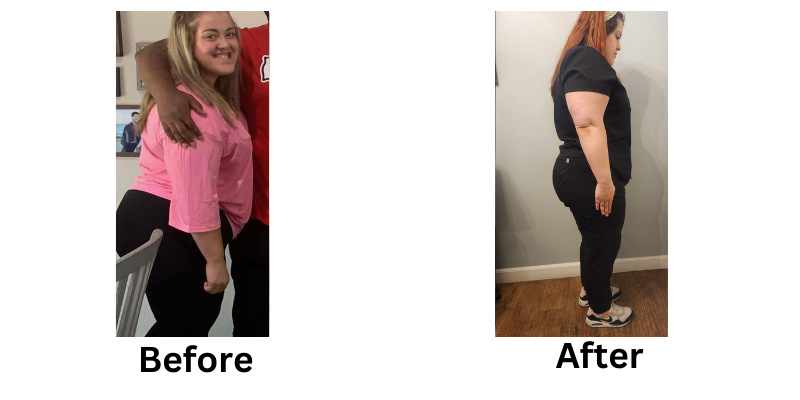
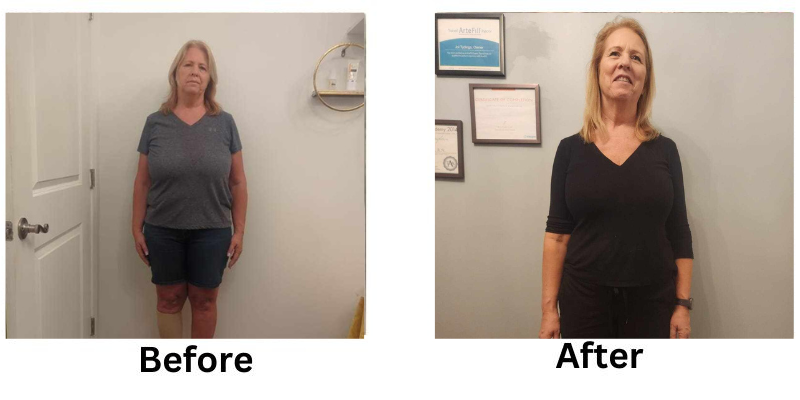
![[thumb]](https://slimmingsolutionsspa.com/wp-content/uploads/2023/12/weightloss-1-150x150.png)
![[thumb]](https://slimmingsolutionsspa.com/wp-content/uploads/2023/12/weightloss-2-150x150.png)
![[thumb]](https://slimmingsolutionsspa.com/wp-content/uploads/2023/12/2Weight-Loss-2-150x150.png)
![[thumb]](https://slimmingsolutionsspa.com/wp-content/uploads/2025/02/Weight-Loss-1-new-150x150.png)
![[thumb]](https://slimmingsolutionsspa.com/wp-content/uploads/2023/12/Weight-Loss-3-150x150.png)
![[thumb]](https://slimmingsolutionsspa.com/wp-content/uploads/2025/03/Slimming-Solutions-BA-Template-150x150.png)

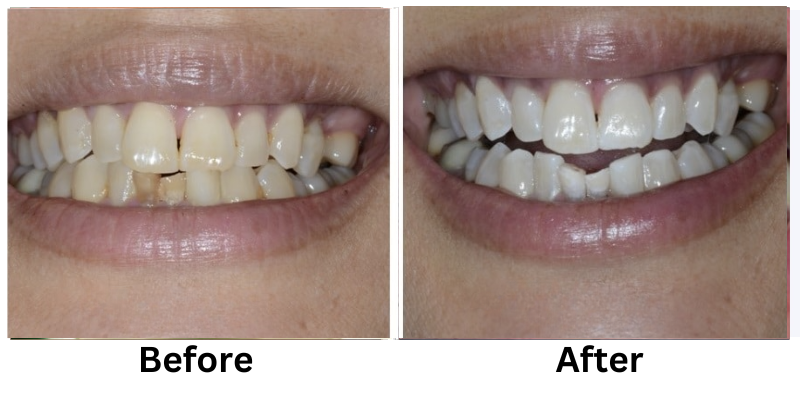
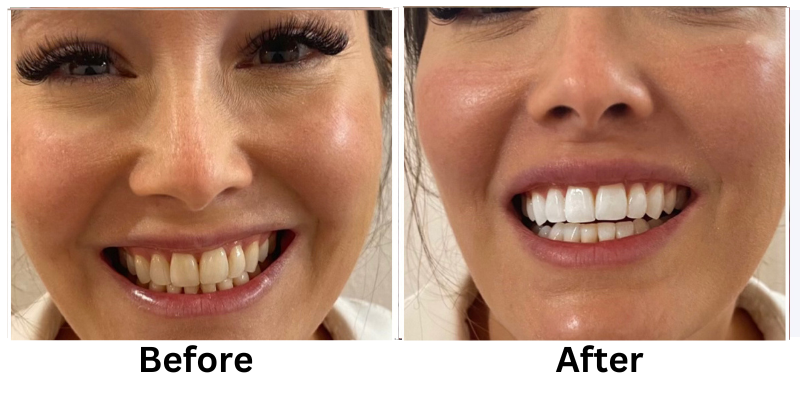

![[thumb]](https://slimmingsolutionsspa.com/wp-content/uploads/2023/12/dat3-150x150.png)
![[thumb]](https://slimmingsolutionsspa.com/wp-content/uploads/2023/12/dat-0-150x150.png)
![[thumb]](https://slimmingsolutionsspa.com/wp-content/uploads/2023/12/dat-1-150x150.png)
![[thumb]](https://slimmingsolutionsspa.com/wp-content/uploads/2023/12/Before-1-150x150.png)
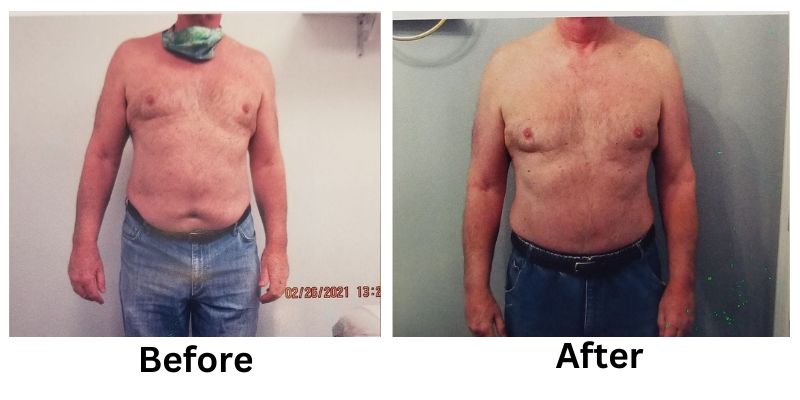

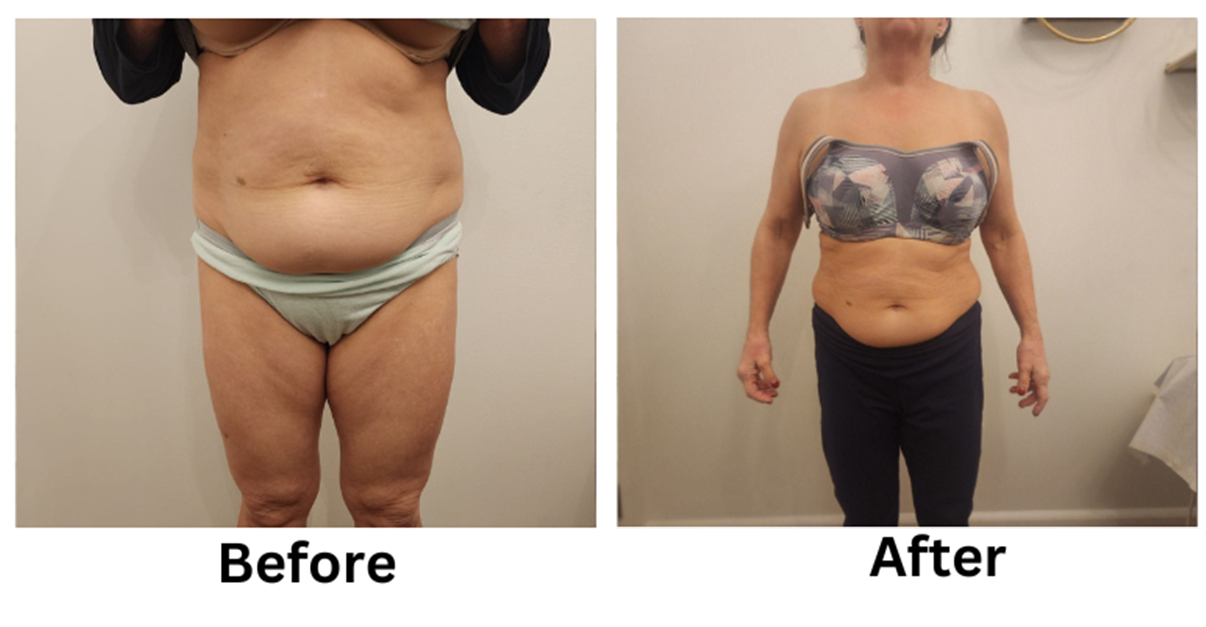
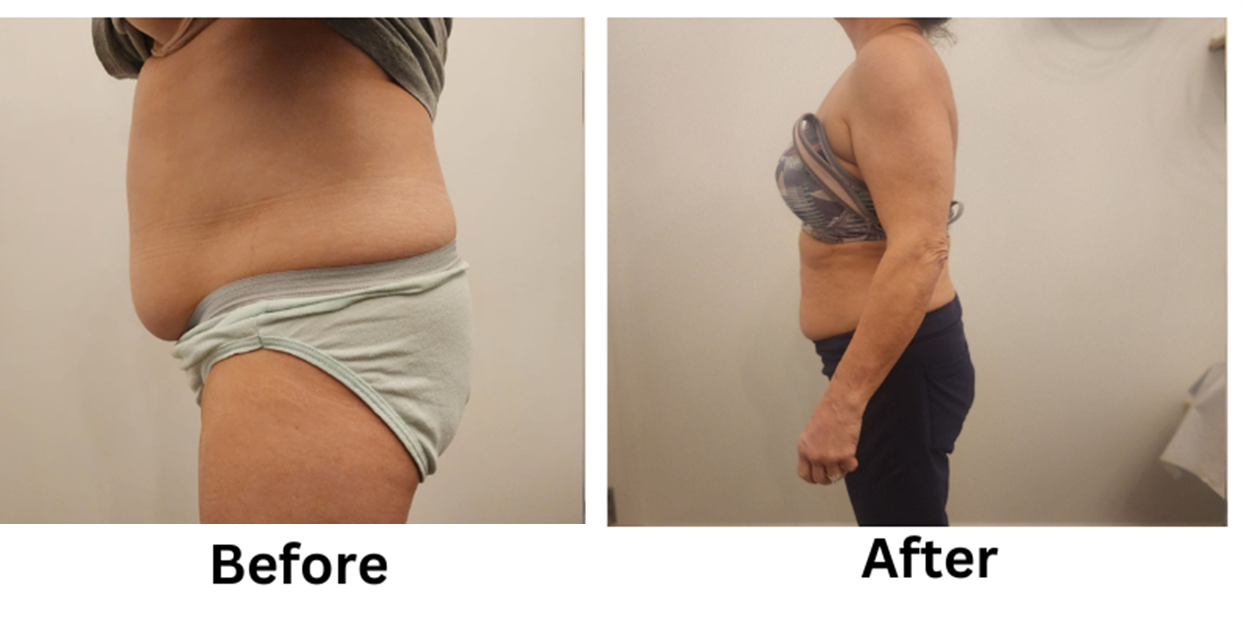
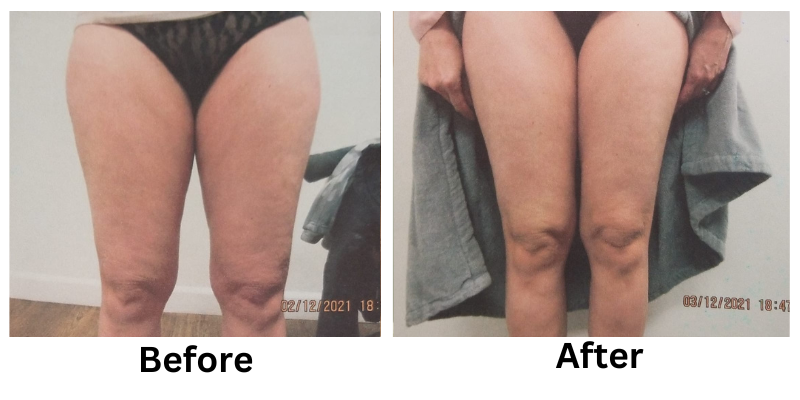
![[thumb]](https://slimmingsolutionsspa.com/wp-content/uploads/2024/01/EMS-Treatment-2-150x150.png)
![[thumb]](https://slimmingsolutionsspa.com/wp-content/uploads/2024/01/EMS-Treatment-1-150x150.png)
![[thumb]](https://slimmingsolutionsspa.com/wp-content/uploads/2025/02/ems-BNA-front-150x150.png)
![[thumb]](https://slimmingsolutionsspa.com/wp-content/uploads/2025/02/EMS-bna-SIDE-150x150.png)
![[thumb]](https://slimmingsolutionsspa.com/wp-content/uploads/2024/01/EMS-Treatment-6-150x150.png)
